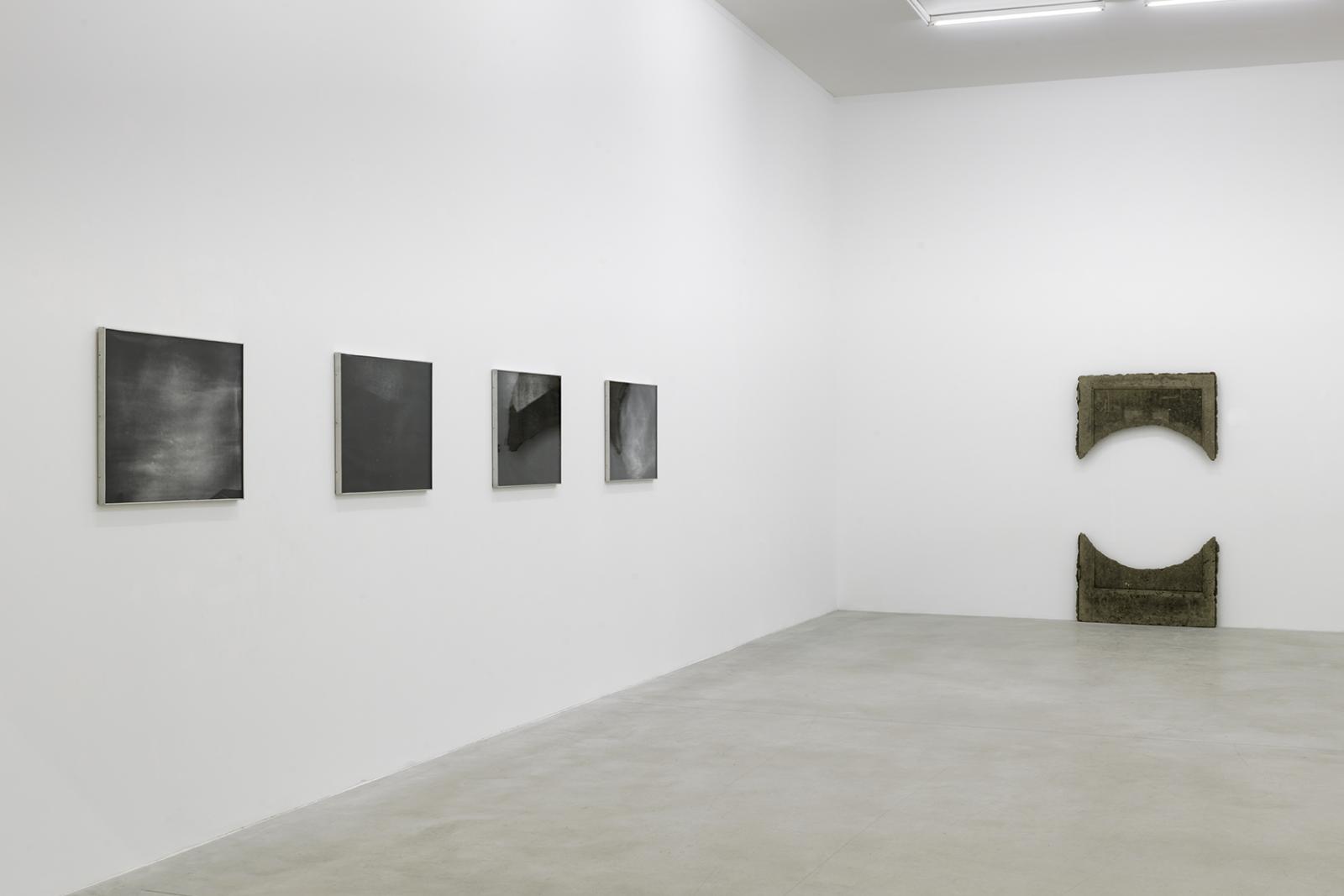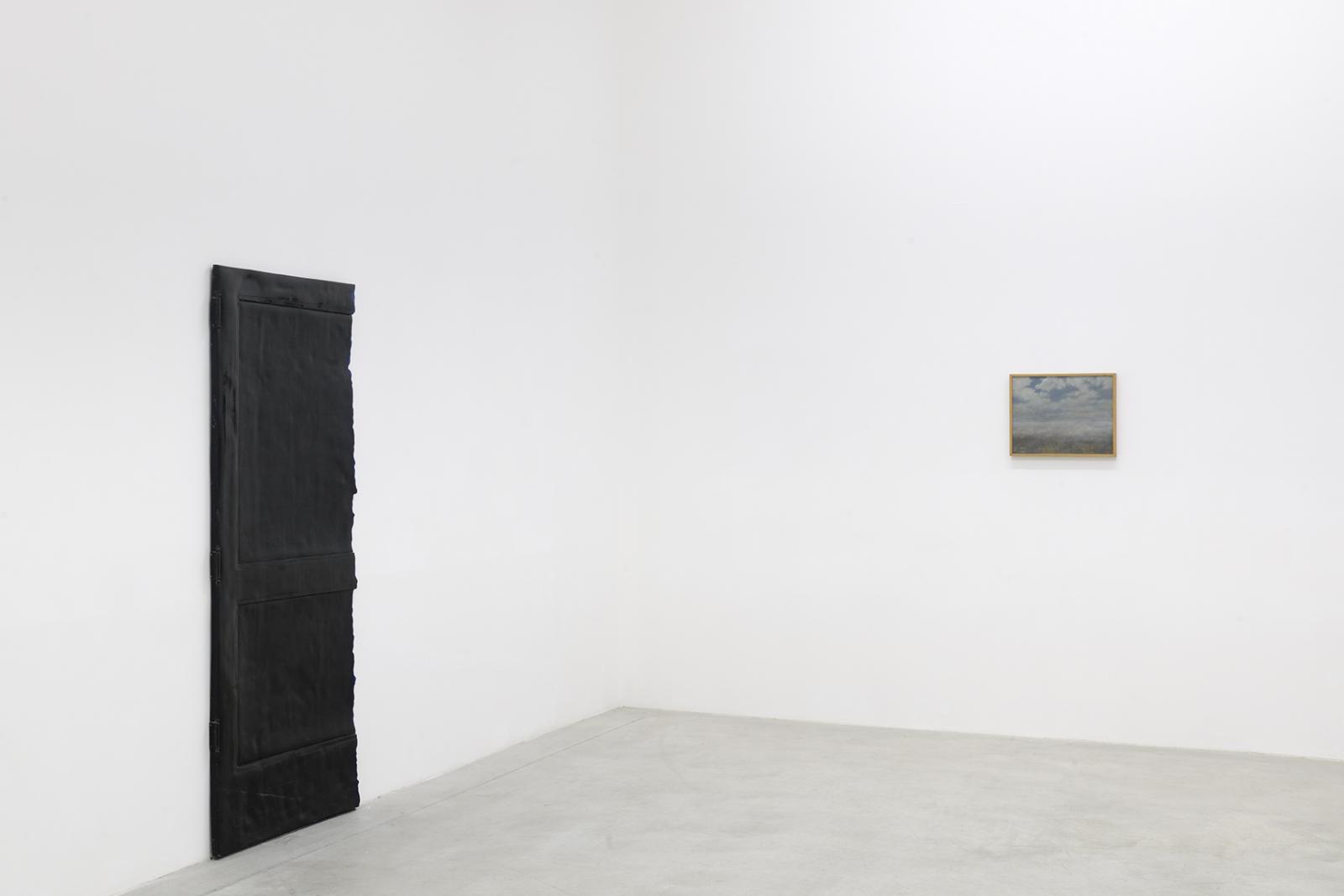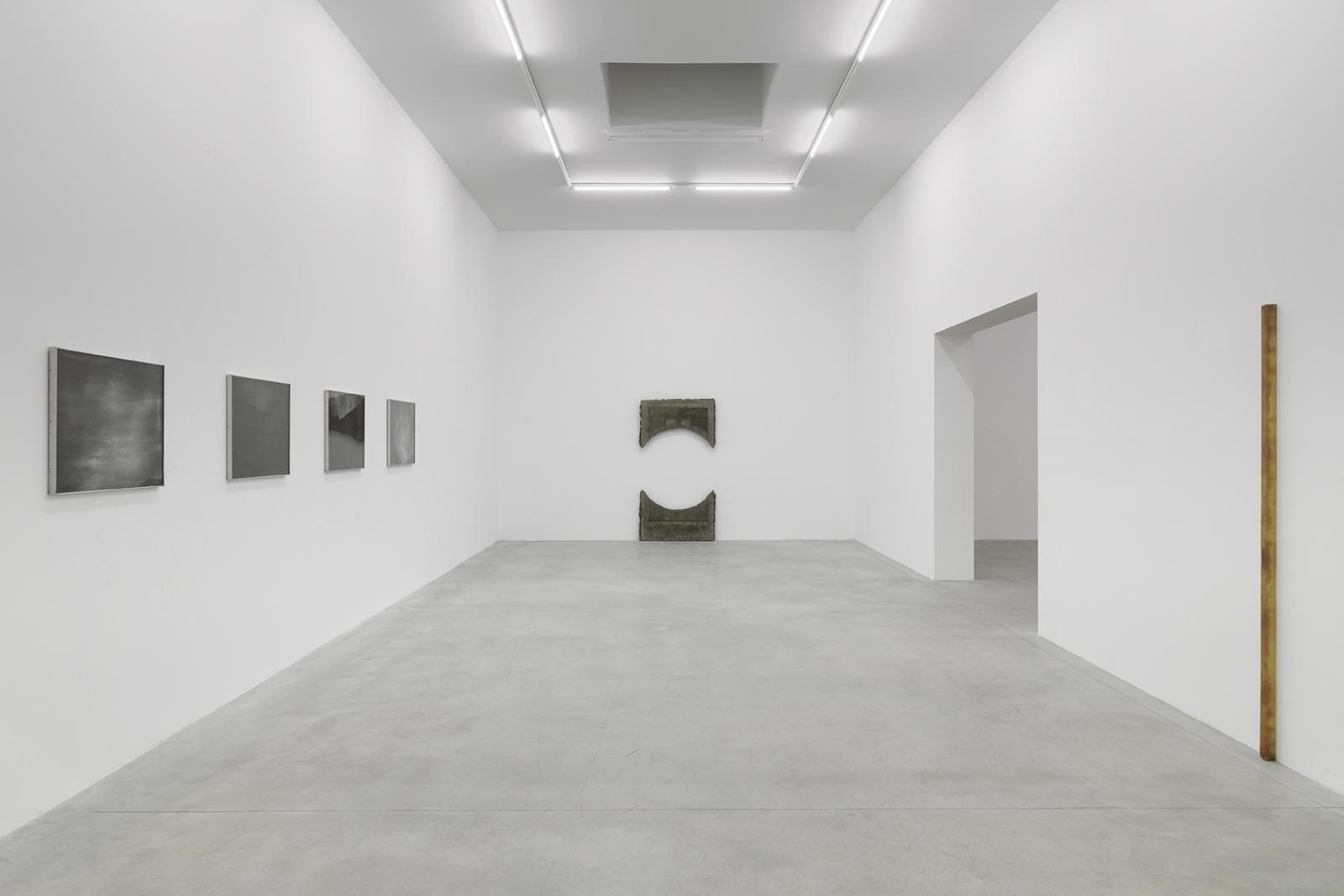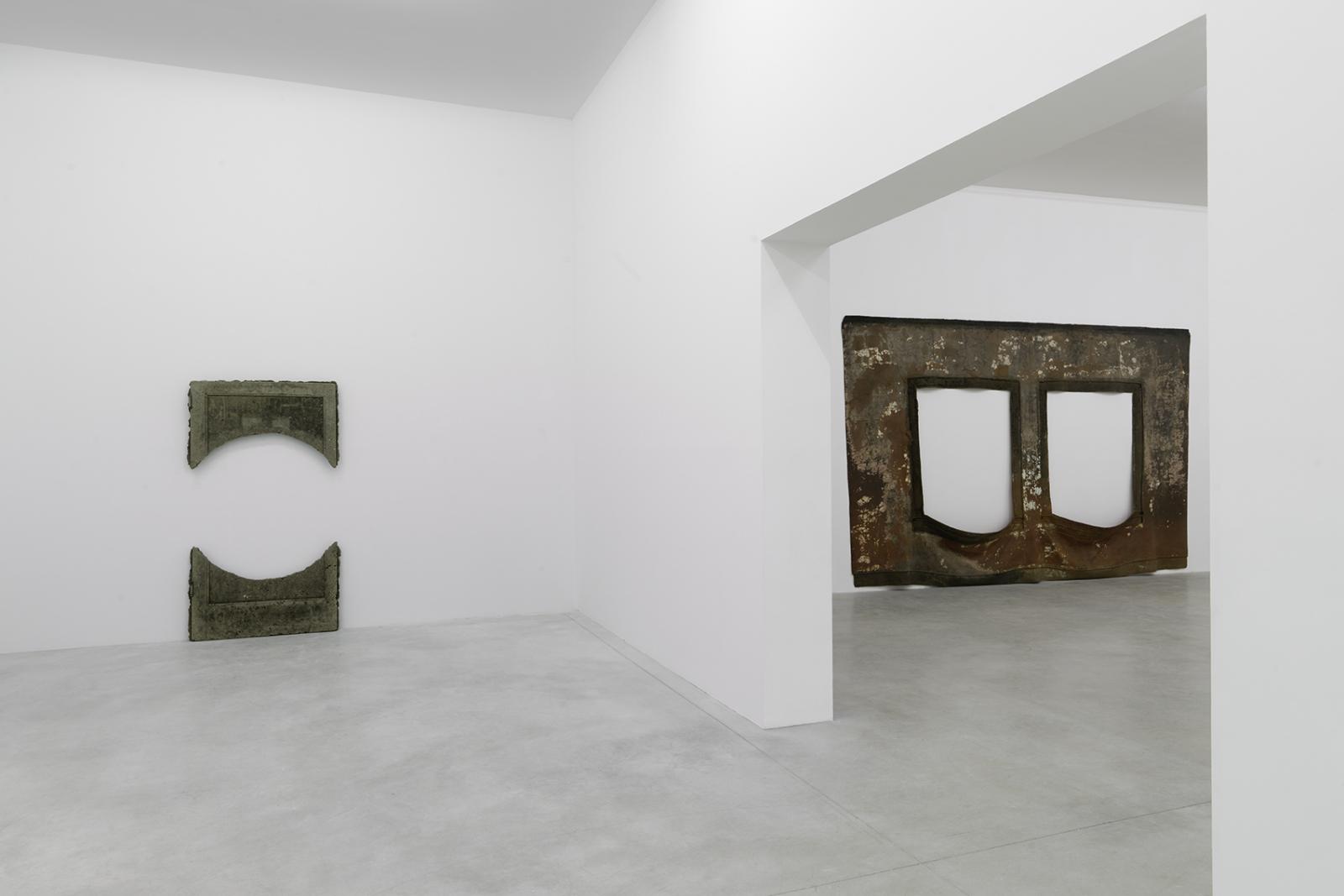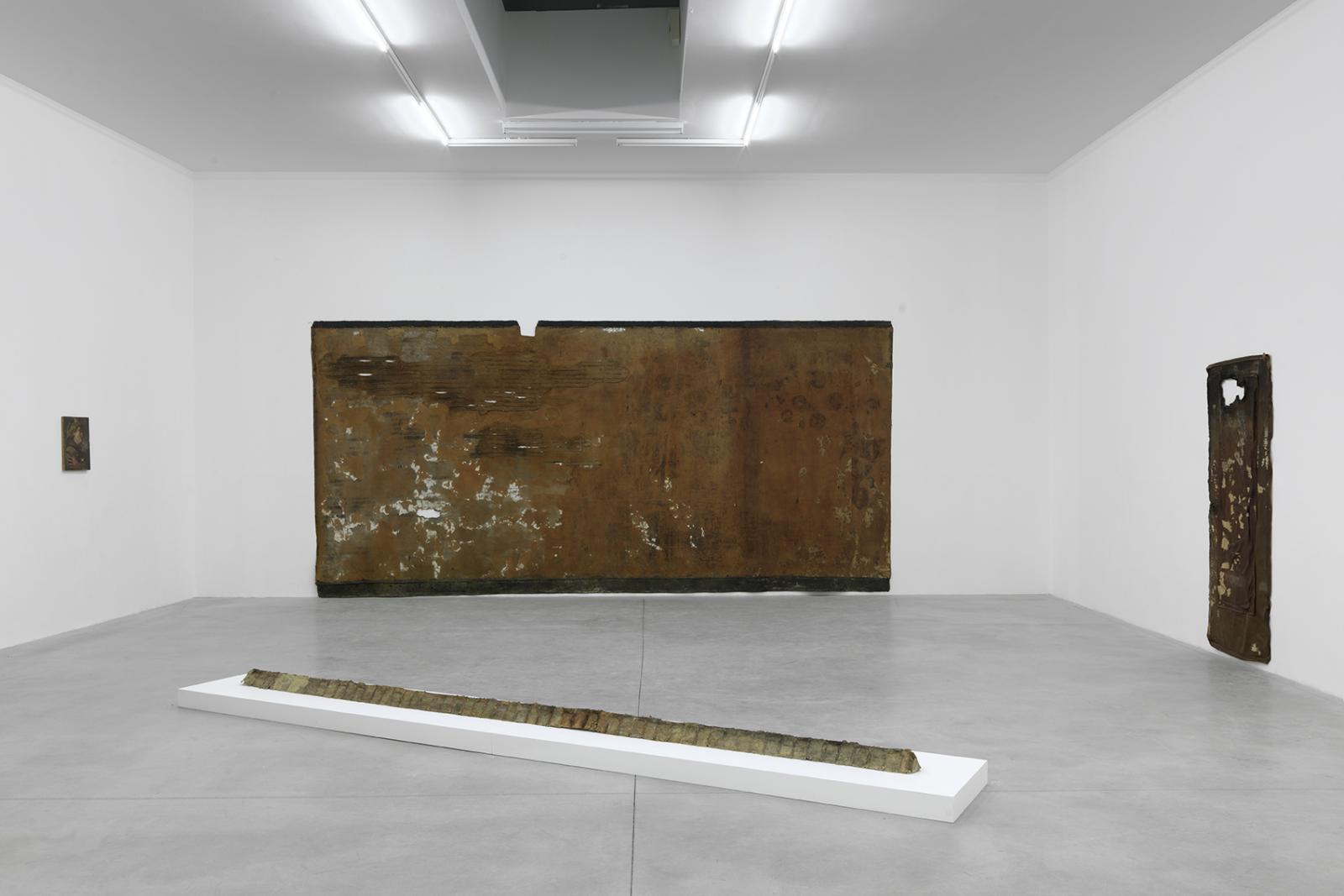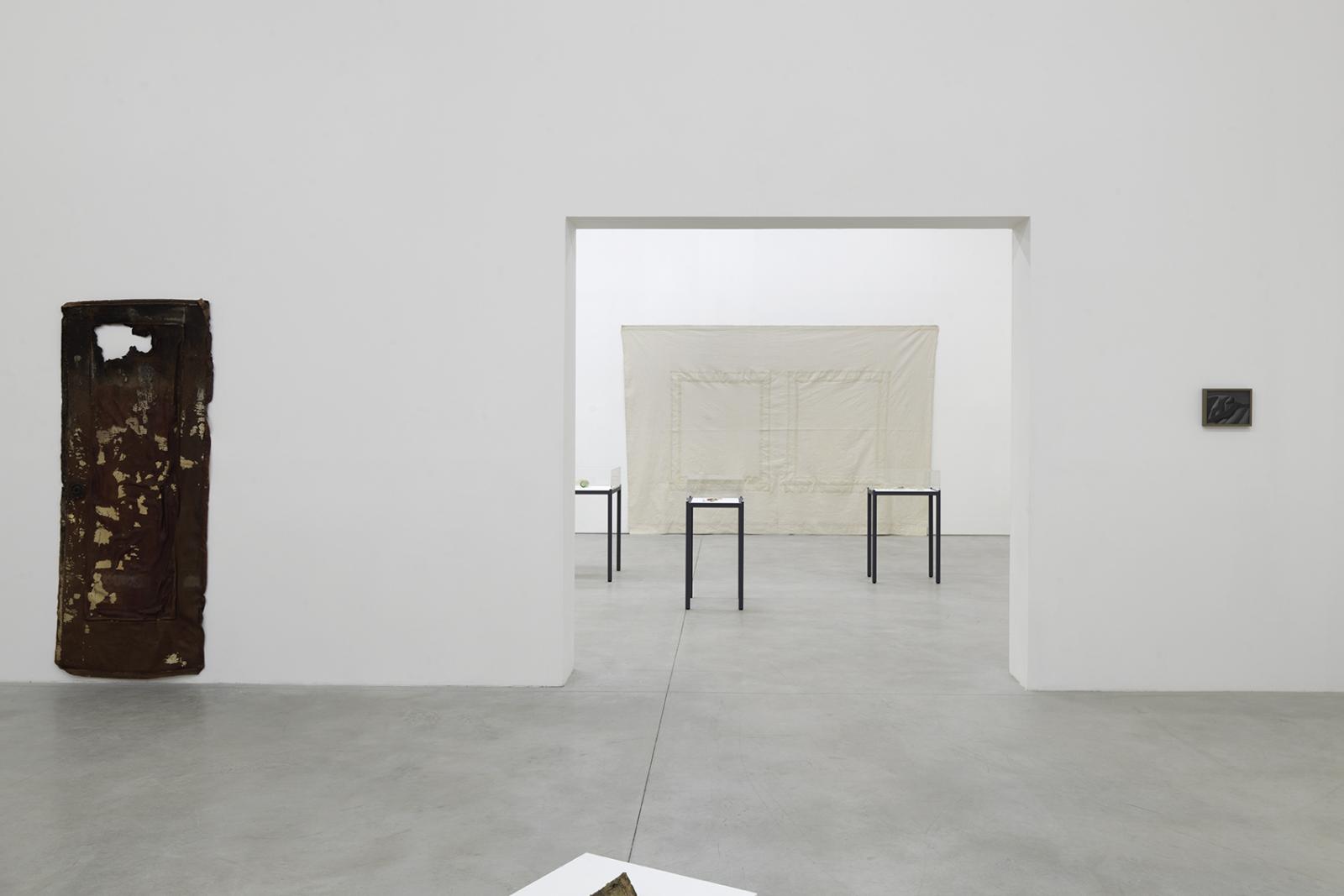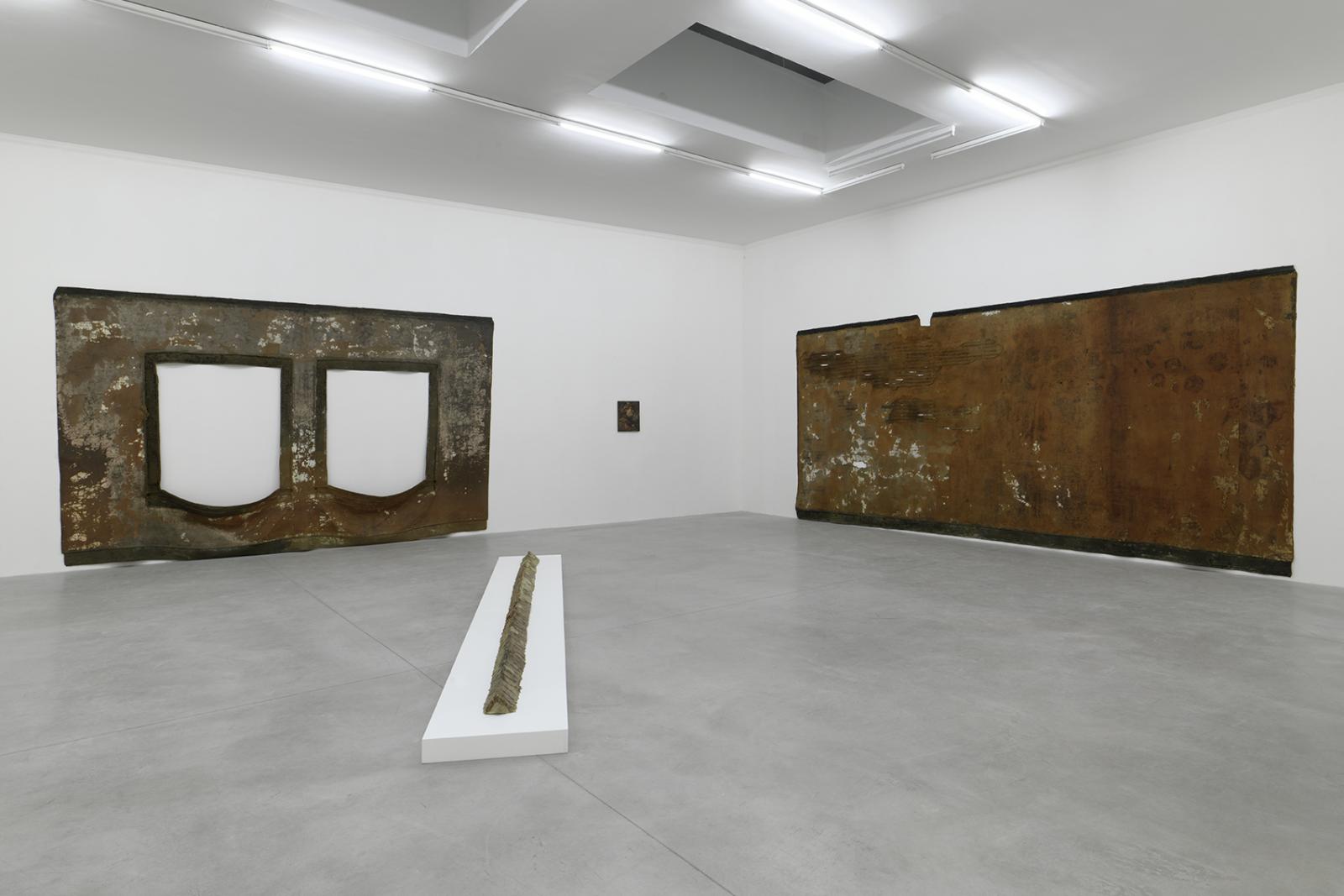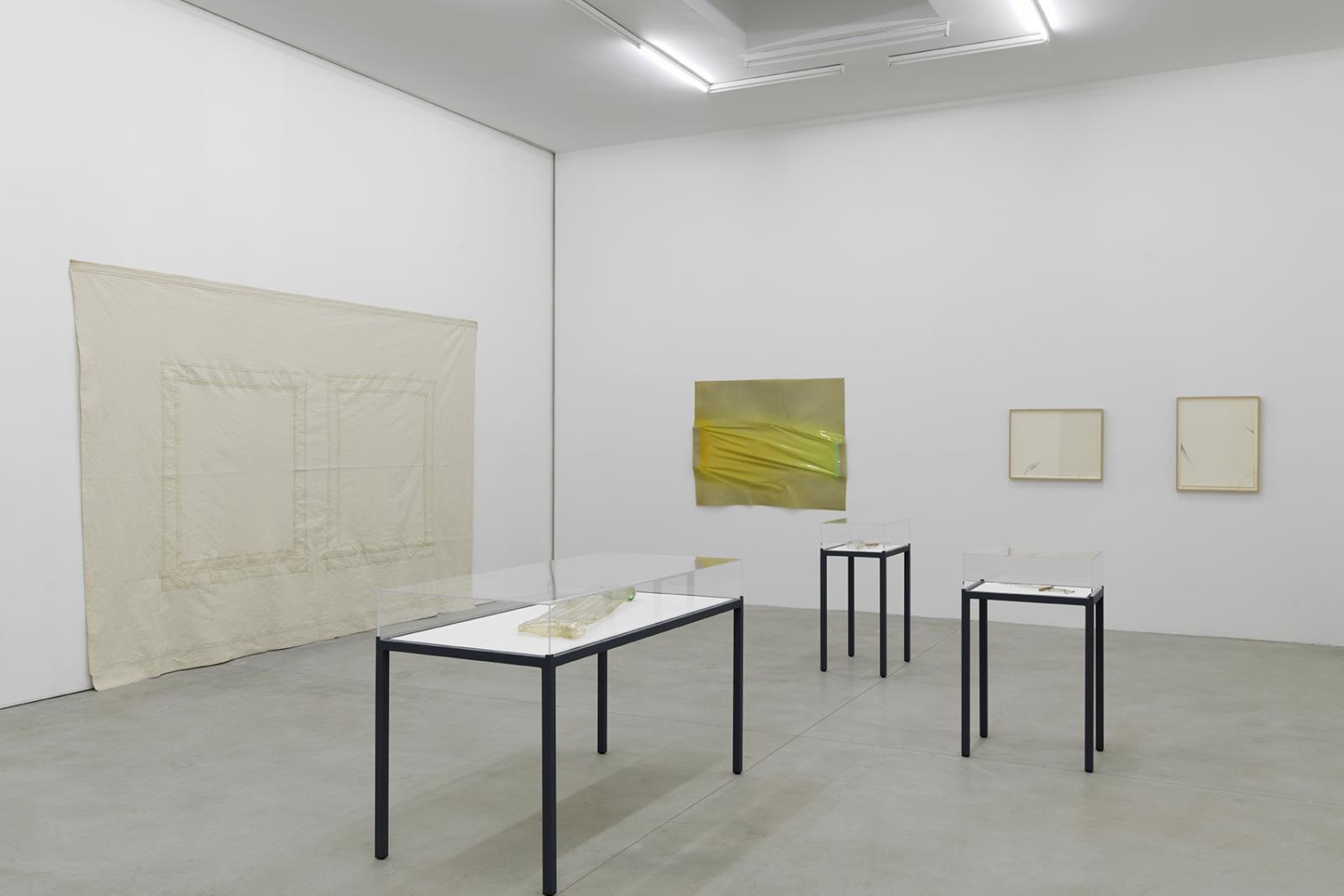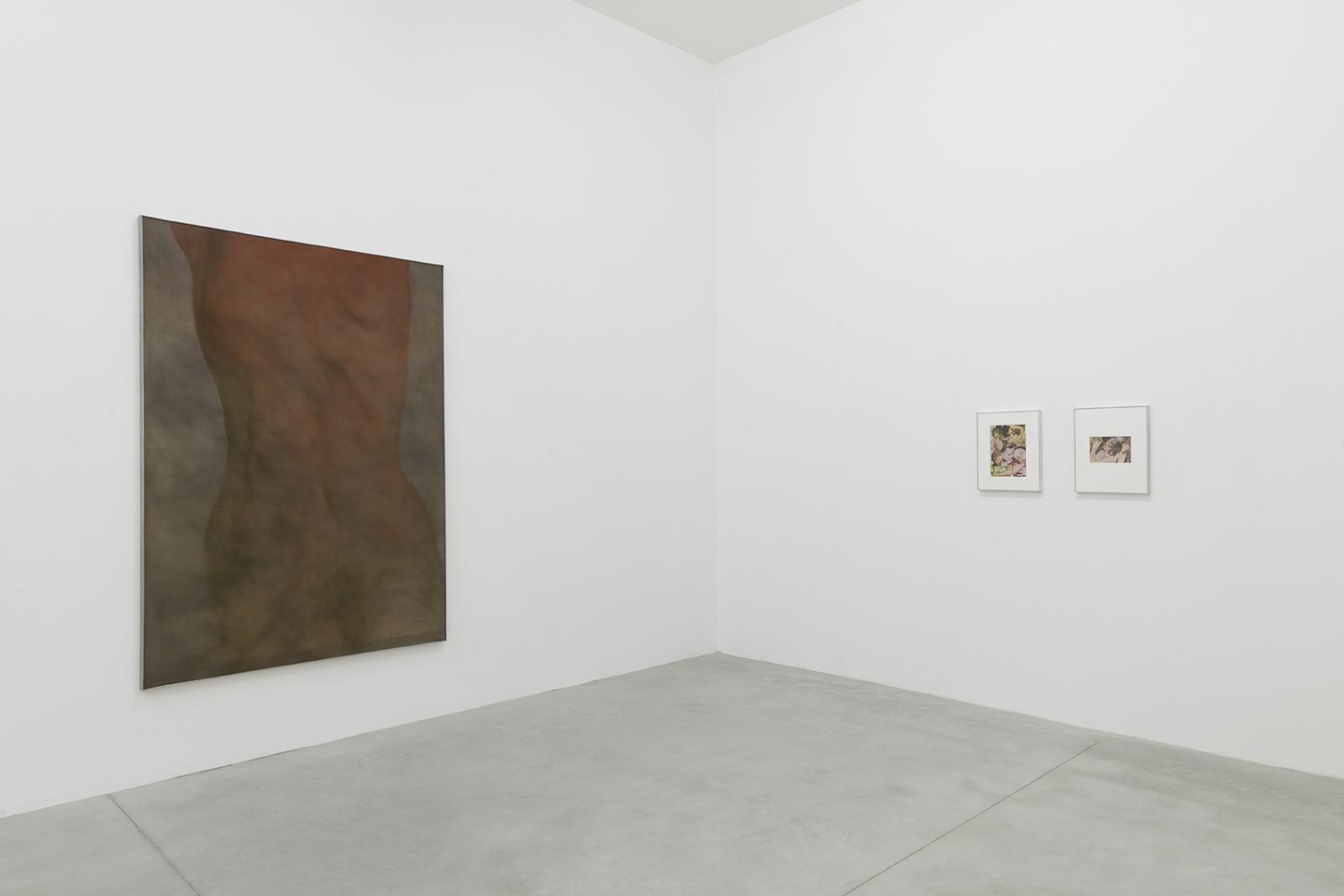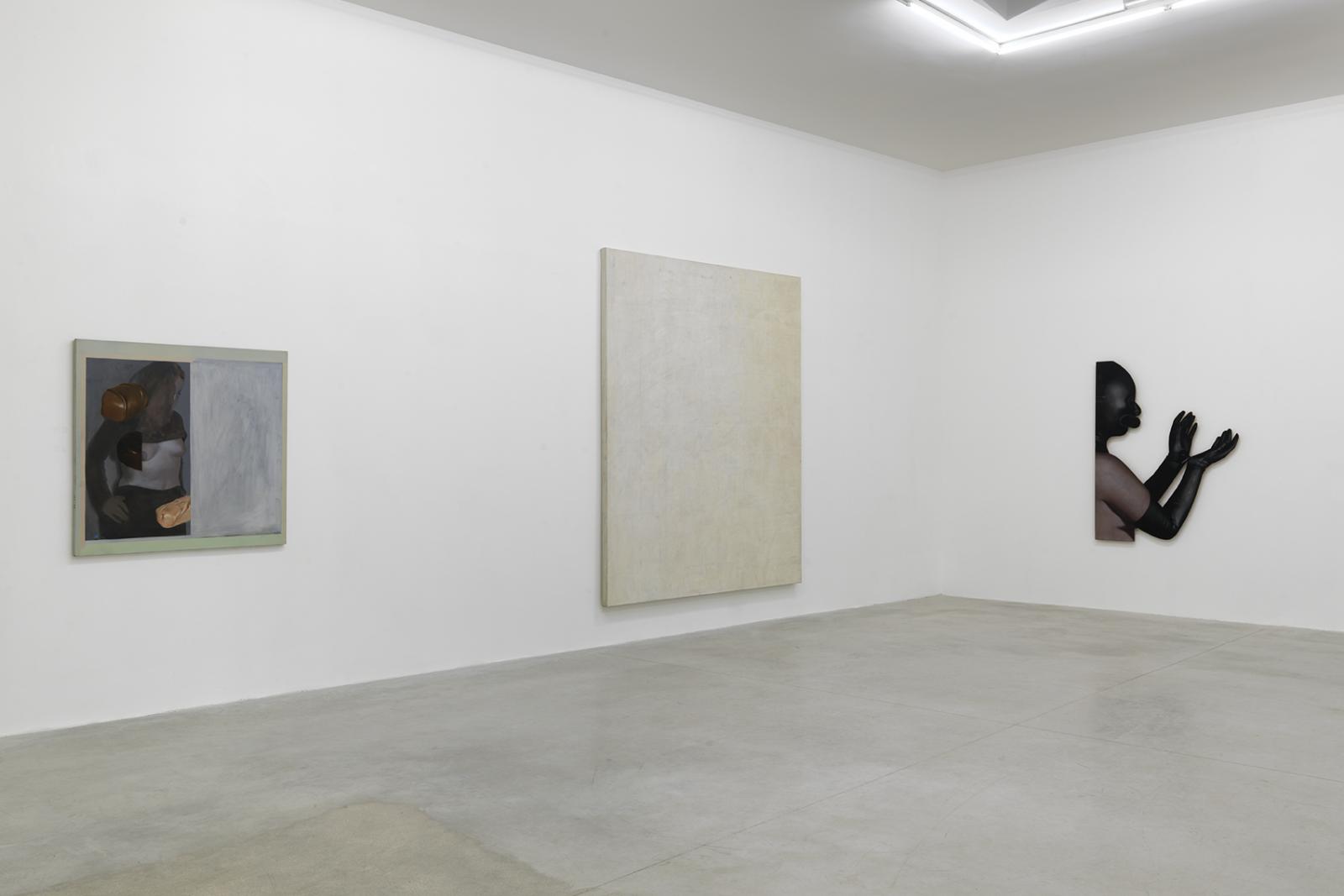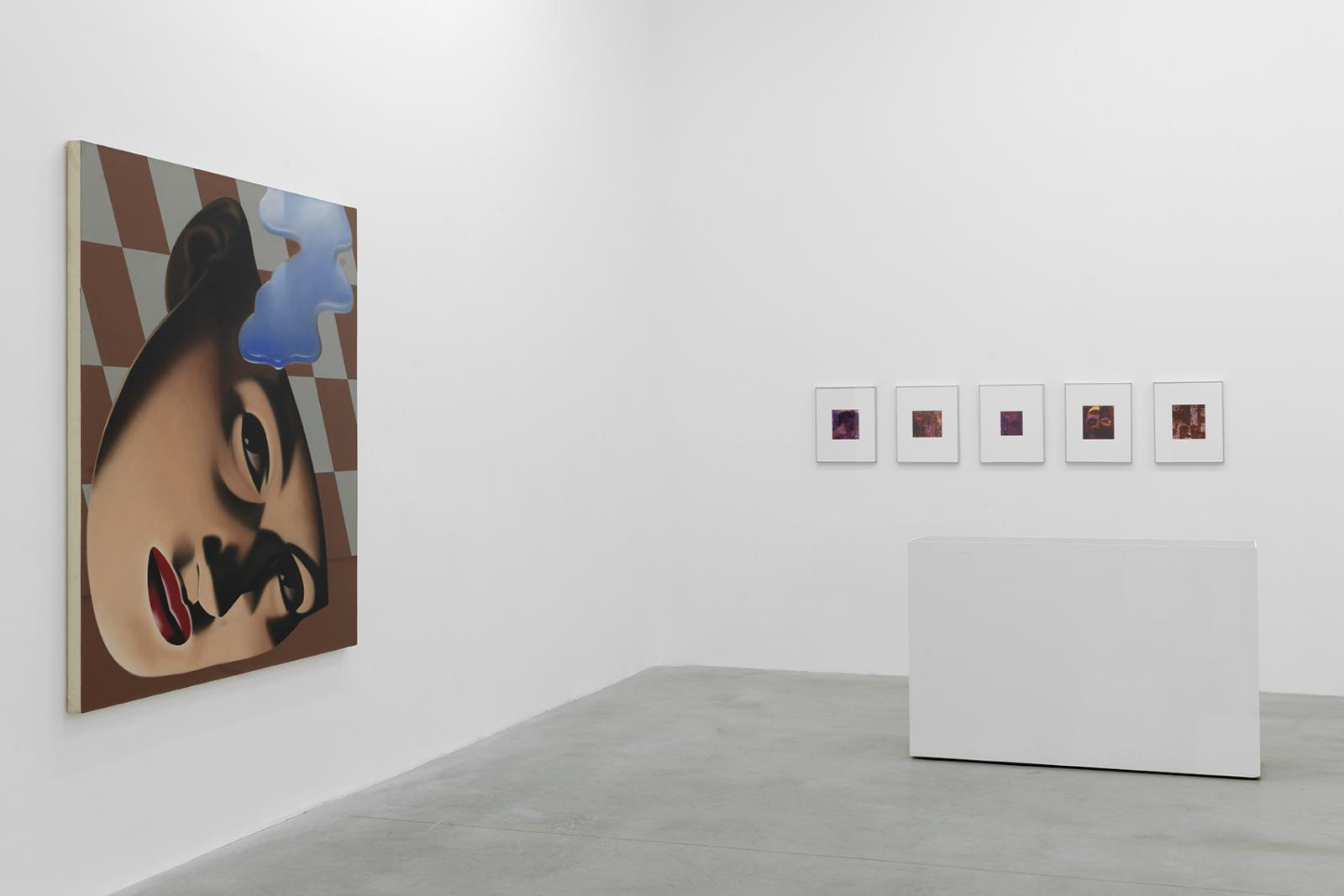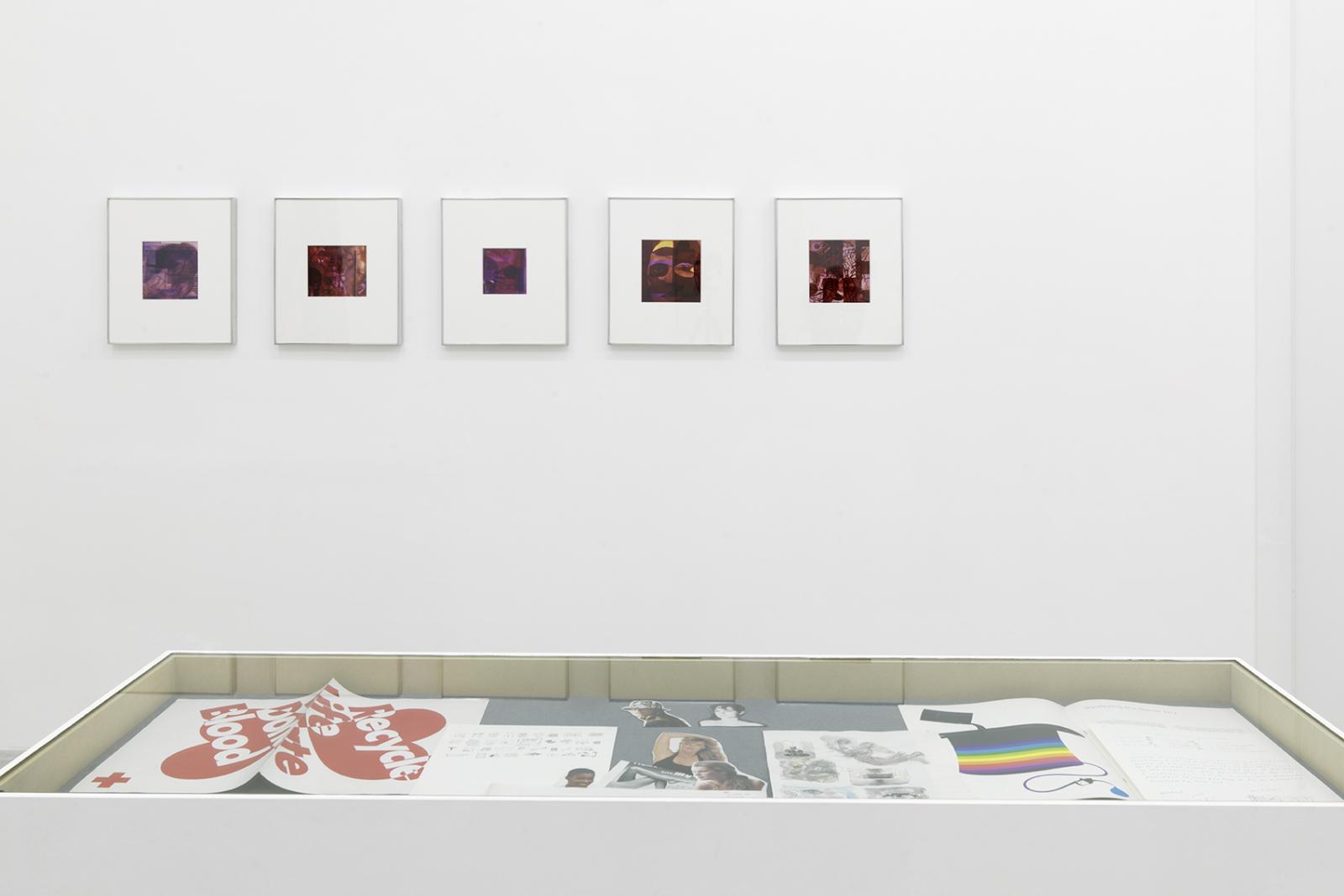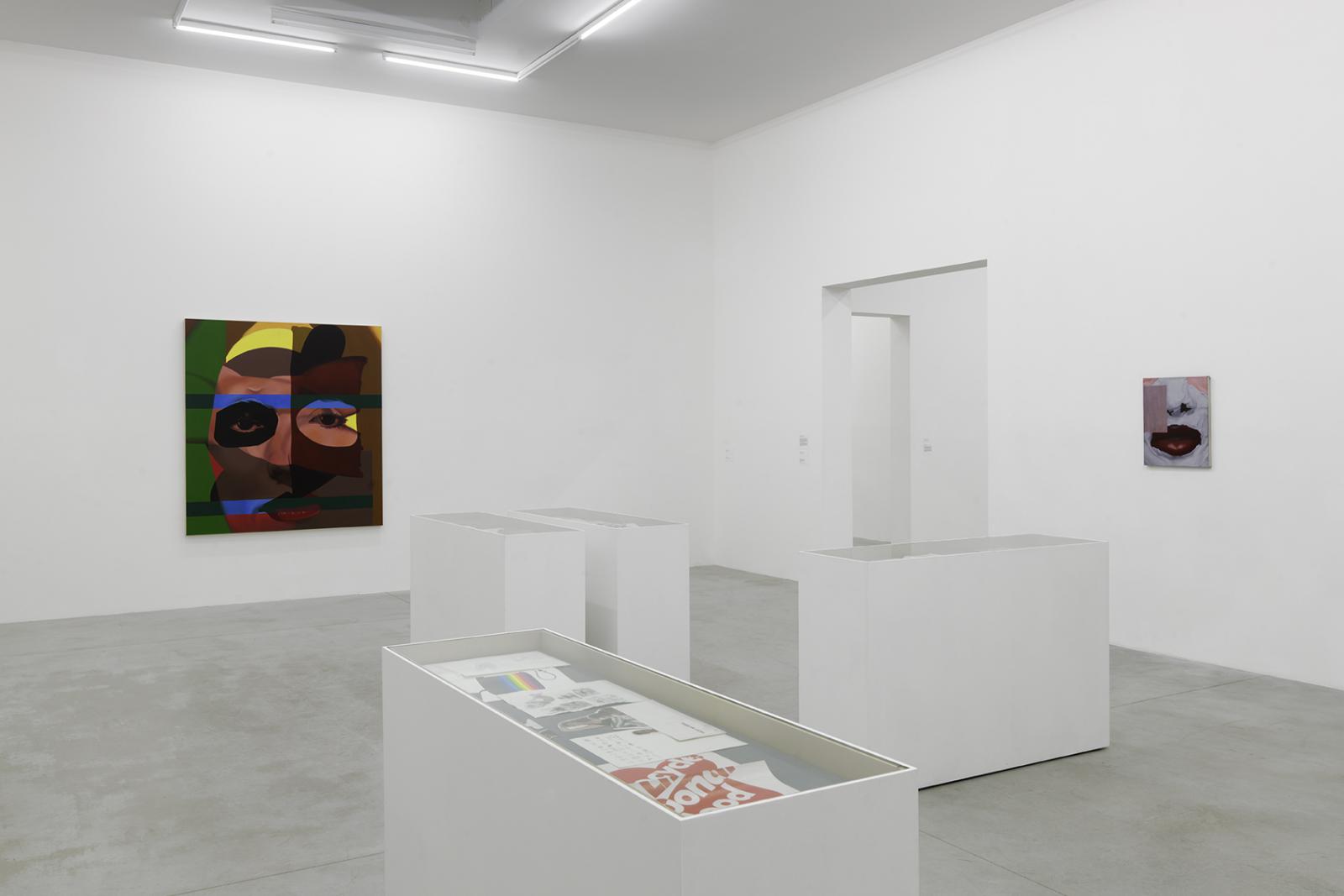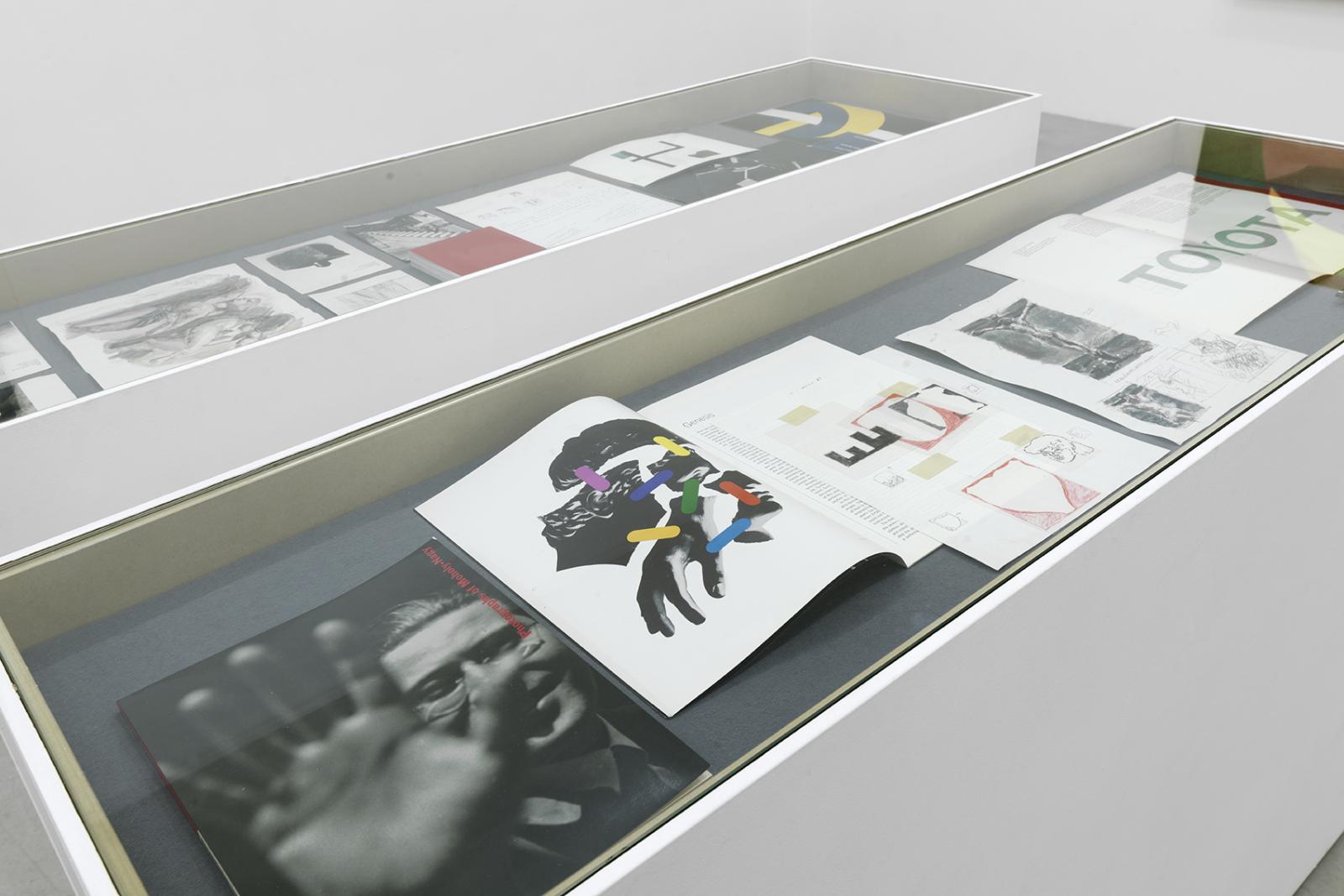Robert Overby
Robert Overby: Works 1969-1987
Despite his extremely prolific and diversified production, Robert Overby remains one of the best-kept secrets of Post-War American Art since he rarely exhibited in his lifetime. His works – including sculptures, installations, paintings, prints and collages – offer a mysterious and inspiring exploration of representation, space and identity; it is a poetic investigation of the human condition and its decay, its beauty, and its absurdity.
Robert Overby (1935-1993) was born in Harvey, Illinois. For most of his life, he worked in Los Angeles as a graphic designer (he created the Toyota logotype still in use today) and later, as a visual artist; from 1969 he developed an impressive body of work characterized by restless experimentation with materials and processes. His most iconic early works are architectural casts of doors, windows and facades made of rubber, latex and concrete; pieces that bring together sculpture, painting and installation, and reveal a conceptual interest in a material understanding of the passage of time, as we can see in works in the exhibition such as Blue Screen Door, Concrete Screen Door with Hole and Bricks, Large Corner (all from 1971). On 4 August 1971, Overby completed his most ambitious project, the Barclay House Series, a series of 28 latex and rubber casts made from a residence hotel that burned down, testifying to Overby’s conception of sculpture as a medium that, like photography, is able to record the passing of time. The four years between 1969 and 1973 mark an incredibly productive period in which the artist created over three-hundred works, documented in his 336 to 1. August 1973 – July 1969,
a self-published book recently reprinted by JRP / Ringier, in which the works are organized in reverse chronological order from 1973 to 1969.
The works produced during this seminal phase show the artist’s very personal meditation upon a number of recent and concurrent artistic practices, especially Claes Oldenburg’s soft sculptures and post-minimalist investigation of perceptual surfaces. However, Overby’s work quickly diverged from those experiences and developed into a more psychological and narrative attitude that saw domestic space and architecture as metaphorical extensions of bodily decay, and that lead the artist to refer to his practice as “Baroque Minimalism.”
It is perhaps his preoccupation with the physical nature of memory that makes his work so timely and relevant, if seen in retrospect together with the works of artists who emerged in the Nineties or later like Rachel Whiteread, Kai Althoff and Seth Price, to name a few.
Starting in 1973, painting became a central medium for Overby. His figurative works explore the representation of the human body as a site where identity is transformed, theatrically expressed and concealed, in a fusion of organic and inorganic, skin and plastic, feminine and masculine, representation and nature. Different in scale and style, his painterly production contemplates both intimate and delicate paintings where figuration fades into abstraction, as well as more exuberant and confrontational works that deploy references to pop culture, sexuality and consumerism. Through its extreme variety of styles, Overby’s painting anticipates the sensitivity that would be affirmed in later decades with Post- Modernism.
Through both the layout and the selection of works, the exhibition examines an art practice that was visually exceptionally varied yet extremely coherent and consistent from conceptual and existential points of view. In this sense many works on view can be understood as explorations of concepts like “surface” and “skin” translated as sites of transformation, in the form of the skin of a building, the skin of a painting as a material entity, or the artificial skin of a latex mask that makes it possible to assume multiple sexual identities. Robert Overby’s oeuvre may thus be understood as a critique of “style” as a univocal and stable intention in favor of an idea of art as an ongoing investigation of the human condition captured in a constant state of flux.
The catalogue received support from the Andy Warhol Foundation for the Visual Arts.
